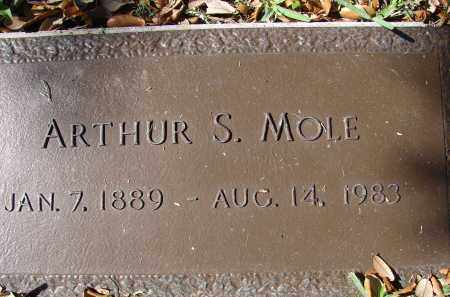Mole immigrated to the United States with his family in 1903, when he was 14 years old. He worked as a commercial photographer in Zion, Illinois, north of Chicago. During World War I, he traveled to various Army, Marine and Navy camps to execute his massive compositions. He is considered a pioneer in the field of performed group photography.[1] Executing photographs using such large numbers, and relying on lines of perspective stretching out more than a hundred meters, required a week of preparation and then hours to actually position the formations. Mole would stand on his viewing tower and shout into a megaphone or use a long pole with a white flag to arrange the tens of thousands of soldiers into position.
Ten images are most famous from this period. They include images of Woodrow Wilson, the Liberty Bell, Statue of Liberty, an American eagle as well as emblems of the YMCA and the Allied flags. The Human U.S. Shield required the placement of 30,000 people; The Liberty Bell 25,000.
Mole immigrated to the United States with his family in 1903, when he was 14 years old. He worked as a commercial photographer in Zion, Illinois, north of Chicago. During World War I, he traveled to various Army, Marine and Navy camps to execute his massive compositions. He is considered a pioneer in the field of performed group photography.[1] Executing photographs using such large numbers, and relying on lines of perspective stretching out more than a hundred meters, required a week of preparation and then hours to actually position the formations. Mole would stand on his viewing tower and shout into a megaphone or use a long pole with a white flag to arrange the tens of thousands of soldiers into position.
Ten images are most famous from this period. They include images of Woodrow Wilson, the Liberty Bell, Statue of Liberty, an American eagle as well as emblems of the YMCA and the Allied flags. The Human U.S. Shield required the placement of 30,000 people; The Liberty Bell 25,000.






















